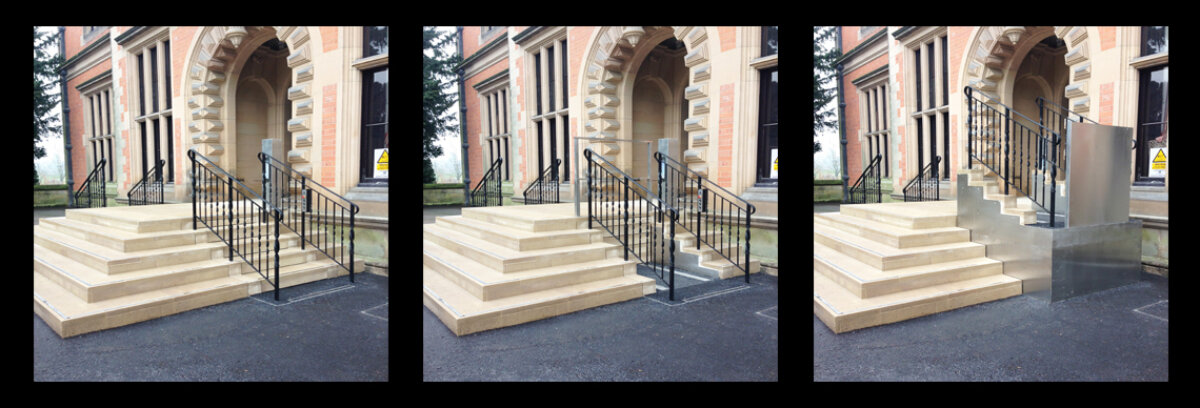🧩 Key Takeaways
-
Duplicate part listings across legacy drawings can cause confusion and delays during purchasing.
-
Combining human review with selective AI validation improves data clarity and procurement accuracy.
-
Clear allocation of build packs supports smoother coordination between design, manufacturing, and purchasing.
-
Lift projects benefit from traceable, transparent data flows from concept to installation.
Improving Data Clarity in Lift Procurement: Avoiding Duplication and Strengthening Workflows
Smooth procurement starts with clean data. In lift manufacturing, data duplication in legacy part lists can ripple through every stage of production — leading to over-ordering, wasted time, and avoidable errors.
At Sesame Access, we’ve focused on refining how information moves between design, engineering, and purchasing to make sure every component is counted once, allocated correctly, and easy to trace throughout its lifecycle.
Why Do Duplicates Appear in Procurement Data?
Legacy project files often combine multiple drawing packs that list the same components in different tables. When those lists are merged, the same part may appear several times under different page references.
A component like a vibration mount or wheel bracket might show up in four separate places even though it belongs to two assemblies. The result: confusion for the buyer and double work for engineers cross-checking quantities.
How Smart Review and Filtering Prevent Errors
The solution isn’t complex software — it’s clear visibility. Engineers now review lists at the assembly-pack level, ensuring each part has one verified entry before the purchase order stage.
Selective use of AI verification tools helps highlight mismatched quantities or repeated identifiers without changing the trusted workflow that the team already relies on.
The Role of AI in Procurement Consistency
Artificial intelligence is useful when it complements, not replaces, engineering logic. For example, AI can:
-
Parse table data from PDF drawings to spot repetition.
-
Flag components listed across multiple packs.
-
Summarise total material counts for pre-order checks.
However, as our engineers note, AI output still requires human interpretation — especially where lift components are bespoke or modified versions of standard parts.
Enhancing Collaboration Between Design and Purchasing
Better coordination happens when both teams share the same verified dataset.
Using centralised BOM references means that when the design team updates a drawing, purchasing automatically works from the corrected master list. This alignment ensures that lifts like the Mayfair, Wellington, and Whitehall progress through production with fewer discrepancies and faster part validation.
Real-World Impact
After refining data-validation steps, Sesame’s procurement team reduced duplicate entries by over one-third and cut manual checking time significantly. More importantly, downstream tasks such as welding preparation and assembly sequencing became smoother because each material list was clean and accurate before fabrication began.
Why Data Integrity Matters in Accessibility Engineering
Accuracy at the part-number level scales up to reliability at the finished-lift level. Each clean dataset supports:
-
Traceability across drawing revisions.
-
Procurement efficiency through clear pack allocation.
-
Compliance with documentation standards like EN 81-40, EN 81-41, and ISO 9386.
In an industry that balances precision with bespoke craftsmanship, consistent data isn’t just good administration — it’s a core part of engineering quality.
Further Reading
Frequently Asked Questions (FAQ)
How can I avoid duplicate orders for lift components?
Always verify part lists at the assembly-pack level and cross-check quantities before merging drawing data.
Can AI detect missing or repeated parts automatically?
Yes, it can flag irregularities quickly, but engineers should confirm context to prevent false positives.
What systems help maintain BOM integrity?
Centralised, version-controlled files integrated with procurement tools like ERP or MRP systems.
Which standards govern data accuracy in lift projects?
Standards such as EN 81-40, EN 81-41, and ISO 9386 provide documentation and safety frameworks relevant to lift design.
Where can I discuss workflow optimisation for my project?
Book a Teams Meeting with a Project Manager to explore how Sesame can streamline your project data and procurement flow.

